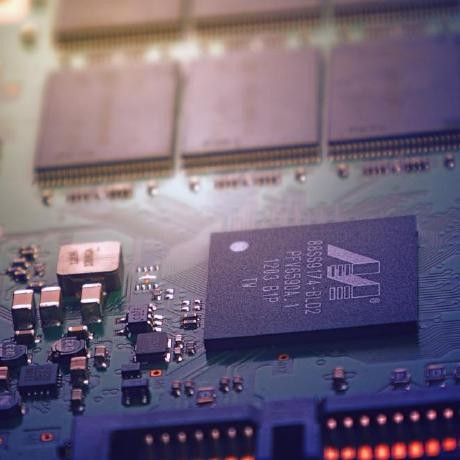I wish people would stopp calling microbes “bugs” (as in insects). That both sounds infantile and is about as accurate as calling them birds or trees.
Agreed.
Although, we call computer errors “bugs” as well.
Perhaps we’d benefit from ceasing usage of the word for anything beyond insects.I’m pretty sure it’s British slang
Is that good or bad?
Great, and inevitable. This isn’t the first time this has happened. In the Carboniferous era, wood evolved with no corresponding microbes to break it down. Many of the coal deposits today date from that era simply due to the shear amount of wood that could not biodegrade. It was kind of inevitable, at least in my eyes, that something similar would happen for plastic given how present it is in the environment.
This, and the rise of antibiotic resistant bacteria, is why anyome who doesn’t believe in evolution has a blindfold on.
Both. There are good and bad elements to it.
This is wonderful!
I am curious how microbes obtain any nutritional benefits from such consumption.Aren’t plastics lacking in nutrients?
Well, plastics are organic molecules, so from a thermodynamic perspective, they’re not very different from biological polymers like proteins and carbohydrates.
Polymers are defined as long, complex molecules that are made of a set of smaller subunits. Proteins are made of amino acids, carbohydrates are made of sugars, DNA, which is also a polymer, is made of nucleotides. Meanwhile, most plastics tell you what their subunits are right in the name: polyethylene, polypropylene, polyurethane, polyester, polystyrene, etc. Poly means “many”, and the other part is the chemical or class of chemical that are the subunits.
Generally, it takes energy to turn the subunits into a polymer, and you get that energy back out when you break it back down. So the simplest source of energy that life can tap into comes from evolving an enzyme that can chop up the plastic. The bacteria might also be actually breaking down the individual subunits into even simpler molecules, like how simple sugars, once broken from carbohydrate chains, are further metabolized into carbon dioxide.
Thermodynamically, the energy content of plastics can be demonstrated by burning them. They release energy when burned, which is a form of fast, uncontrolled breakdown. Bacteria simply do it in a slower, controlled manner.



